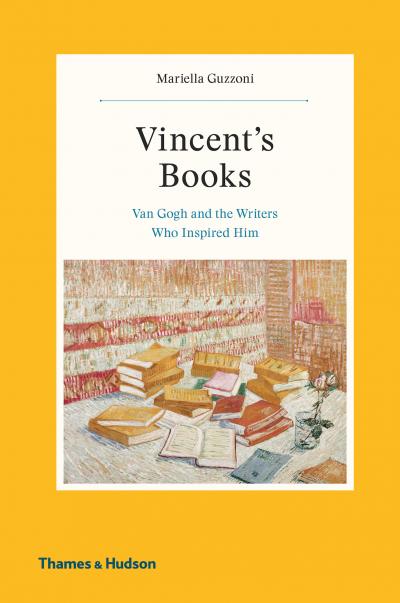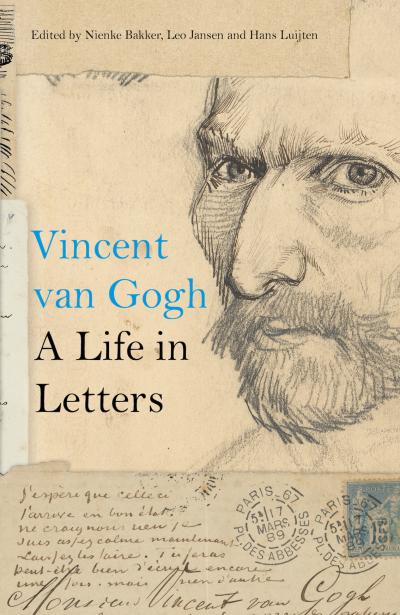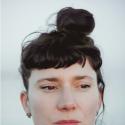A life in art, a life in looking; a life in writing, a life in reading; a life fuelled by passionate emotions, personal attachments and religious turmoil. There are a few artists whose lives are so intertwined with their work that their biography as well as their art achieves a kind of mythic status, but outstanding among them is the Dutchman Vincent van Gogh (1853–1890). Despite the fact he only lived for forty years and was a fully practising artist for only seven of those, looking at Van Gogh is a ceaseless endeavour.
Even more remarkably, major contributions to the appreciation of Van Gogh’s work continue to be made. This is not only because of the astonishing richness and variety of both his inner and outer life, but because his relationships, art and writing continue to offer up revelations. He was multilingual, continually interested in looking at the art of others, even to the point of collecting Japanese prints when his life was on the edge of poverty, and dazzlingly well read. His short life continues to be inexhaustible, with ceaseless publications and exhibitions devoted to his art, as well as his thoughts on his work and the art of others. He was extraordinarily prolific. He created more than 800 paintings and 1,200 drawings, and was passionately interested in illustration, particularly that of contemporary life. His great unrealised ambition was to be a graphic artist; his other failed careers included an attempt to be an art dealer, and – as the son of Protestant clergyman – a missionary worker and evangelical preacher.

“Books and reality and art are the same kind of thing for me”, he wrote. He lived life with an intensity that is hard for an observer to imagine. These two new books are therefore to be welcomed: they offer a new way of thinking about Van Gogh. The painter as both reader and writer.
In Vincent’s Books, Mariella Guzzoni makes an examination of his obsessive, relentless reading. He read widely at least a decade before he became a painter. For Van Gogh, the visual arts and literature were intimately related and operated in tandem. He wrote to Theo that Dickens himself said his writing could be described as sketching. Dickens was an inspiration for his descriptions of ordinary and poverty-stricken life, which Van Gogh explored in an early career that was devoted to Dutch subjects.
Van Gogh was only twenty when he immersed himself in the poetry of John Keats and Henry Wadsworth Longfellow. He read the French critic Theophile Thoré, famed for his rediscovery of artists from Vermeer to Velazquez for the wide European public. He read George Eliot and John Bunyan, and the historian Thomas Carlyle. He was nothing if not eclectic. The year he decided to devote himself to art, he read Harriet Beecher Stowe, Shakespeare and Victor Hugo. He went on to read Zola, Balzac, Maupassant, Baudelaire, and the writings of painter Fromentin, at the same time as keeping up with the latest intellectual journals. One begins to wonder when Van Gogh had time to paint.
In Vincent van Gogh: A Life in Letters, 75 or so of his letters are used to form an autobiography both emotional and practical, filled with everyday jottings but also going beyond the humdrum: jammed with vivid observations, his thoughts on love, insights into his complex relationship with his brother Theo, whom he found both supportive and at times a profound irritant, and his doomed friendship with Gauguin. Each section is accompanied by a short biographical introduction, situating the letters both geographically and in the context of Van Gogh’s own career.

The letters themselves provide a superb autobiography, anchored by scholarly annotation. Van Gogh thought there was no difference between an artist painting with words and brushstrokes: this book helps us realise what an artist he was in both media.
Both of these books, with their material arranged chronologically, act as a finely produced life of Van Gogh. If one is overwhelmed at his achievements, these two books act as a fascinating introduction to a complex and wondrous creative life. Yes, it is the art that matters, but here, more than ever, we learn more to understand something of the man behind the art. No point in paraphrasing; just read.
- Vincent van Gogh: A Life in Letters edited by Nienke Bakker, Leo Jansen and Hans Luijten (Thames & Hudson, £30.00)
- Vincent's Books: Van Gogh and the Writers Who Inspired Him by Mariella Guzzoni (Thames & Hudson, £19.95)
- Read more book reviews on theartsdesk















Add comment